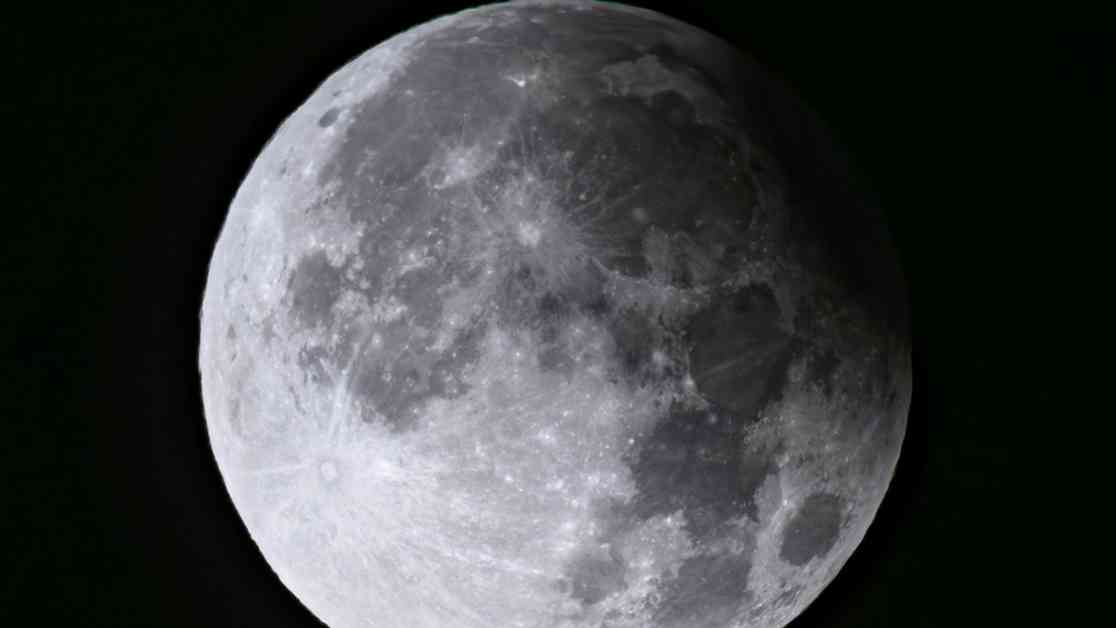A small celestial object known as a “mini moon” has been orbiting Earth for the past two months, but it is expected to vanish soon. Scientists believe this space rock, named 2024 PT5, could be a fragment that was ejected from the moon due to an impact. Although it has been following a horseshoe-shaped path around our planet since September, NASA has confirmed that it never fully entered Earth’s orbit.
The mini moon was first identified by astrophysicist brothers Raul and Carlos de la Fuente Marcos from Complutense University of Madrid. They noticed its peculiar behavior and predicted that it would break away from Earth’s gravitational pull on Monday, succumbing to the stronger influence of the sun’s gravity. This means that the mini moon will not be visible until it returns in 2055, when it is expected to complete another temporary orbit around Earth at a much faster speed.
Currently located over two million miles away, 2024 PT5 is too small and dim to be seen with the naked eye. The Marcos brothers have been observing the mini moon using powerful telescopes in the Canary Islands, gathering valuable data about its trajectory and behavior. In January, NASA plans to track the asteroid for more than a week using the Goldstone solar system radar antenna in California’s Mojave Desert as part of the Deep Space Network.
The disappearance of this mini moon offers a rare opportunity for scientists to study the dynamics of celestial bodies in close proximity to Earth. By monitoring its movements and interactions with different gravitational forces, researchers hope to gain insights into the origins and behavior of such objects in our solar system.
As technology advances and our understanding of space deepens, these astronomical events provide valuable information that can enhance our knowledge of the universe. The mini moon may be vanishing now, but its brief visit has left a lasting impact on the scientific community, sparking further curiosity and exploration into the mysteries of the cosmos.










